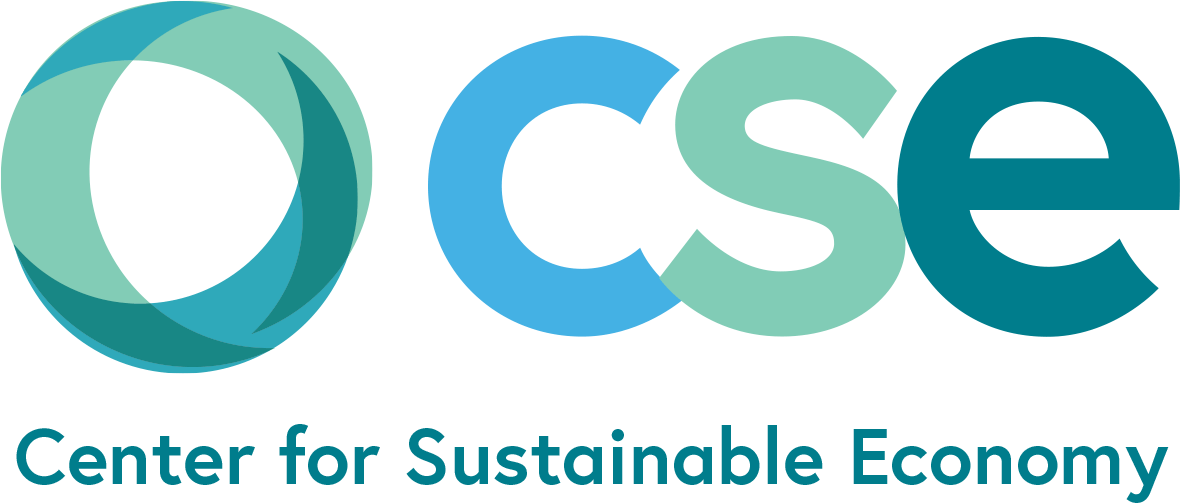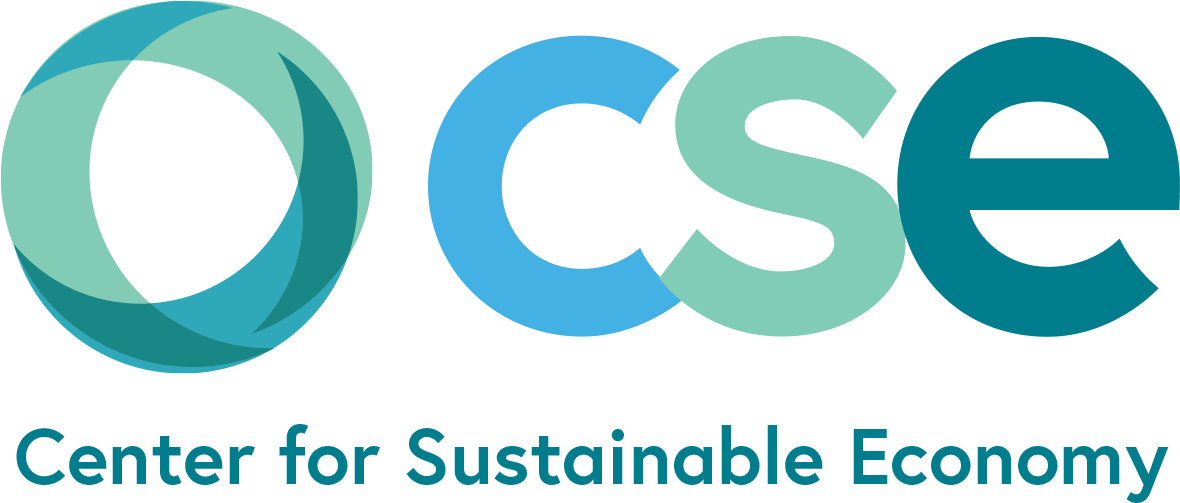Aichi Biodivesity Goals: A Global Cost Assessment
John Talberth • May 16, 2013
In 2010 parties to the Convention on Biological Diversity (CBD) adopted the Strategic Plan for Biodiversity 2011 – 2020 with the purpose of stimulating a diverse array of activities by governments, NGOs, business leaders, and other stakeholders to halt the loss of biological diversity. In recognition of the critical importance of biological diversity for livelihoods, wellbeing, health and the genetic foundations of modern agriculture the parties agreed to an ambitious set of 20 targets – many of them time bound and quantitative – for slowing, halting, and reversing biological diversity loss associated with degradation of aquatic and terrestrial ecosystems throughout the world.
Collectively, these are known as the Aichi Biodiversity Targets. The costs and benefits of achieving these targets are of keen interest to policy makers as they begin the process of implementing programs of work and on-the-ground activities. Choosing the most cost effective means of implementation is critical given the overall political and economic environment of fiscal austerity facing governments in both developed and developing countries.
In May of 2012, the U.K. Department for Environment and Rural Affairs (Defra) entered into an agreement with Center for Sustainable Economy (CSE) to develop a rough order of magnitude estimate (ROM) of the resource requirements of meeting three of the Aichi Targets: 5 (related to halting the loss of wetlands), 8 (reducing pollution harmful to biodiversity), and 14 (protecting ecosystem services relied upon by traditional communities). We researched the costs and benefits of 17 distinct conservation and restoration programs such as global clean up of marine debris, dramatically reducing nitrogen and phosphorous runoff into marine dead zones, pulling subsidies for new large dams, adopting “no net loss” standards for wetlands, and restoring coral reefs.
While the economic costs of such programs may average $154 to $465 billion per year through 2020, economic benefits – such as increased commercial fish landings and public savings from reduced subsidies – are likely to offset all these costs and in many cases exceed them. As a result, significant global resources allocated to biodiversity preservation represent sound economic investments in the future.
Read:


